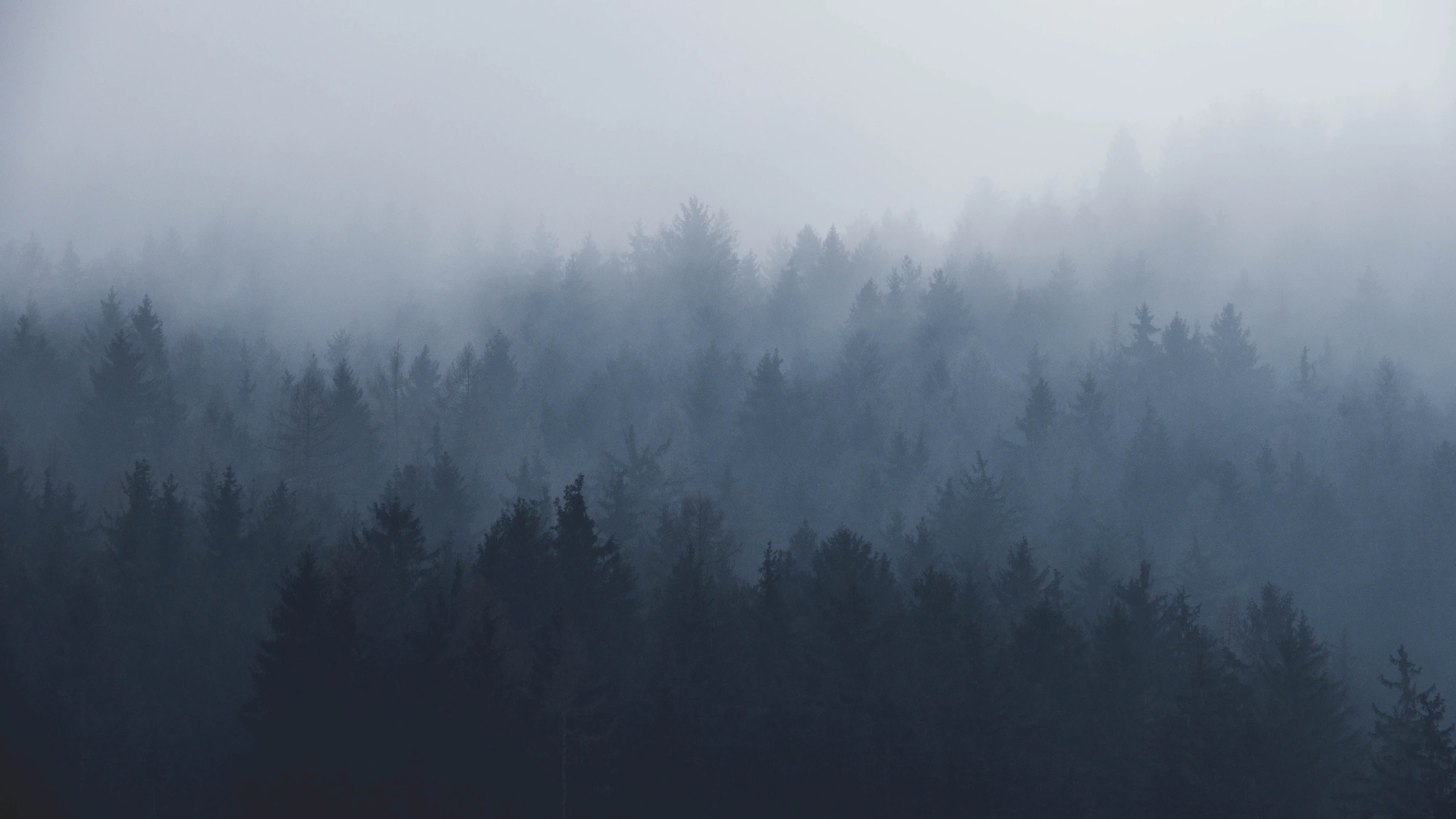How Weather Affects Epoxy Floor Installation
11 July 2025
How Weather Affects Epoxy Floor Installation
Epoxy flooring is known for its durability, glossy finish, and resistance to wear and chemicals. However, what many property owners and even some installers overlook is the significant role weather plays in epoxy floor installation.
Temperature, humidity, and moisture levels can make or break an epoxy job. If conditions aren’t ideal, your flawless floor can end up peeling, bubbling, or failing to cure properly.
In this article, we’ll explore how weather impacts epoxy installation, how to adapt to various climates, and what steps to take to ensure a flawless, long-lasting finish.
1. Why Weather Matters in Epoxy Installation?
Epoxy is a thermosetting resin system that relies on chemical reactions to harden and cure. These reactions are highly sensitive to temperature and humidity. Even slight changes in environmental conditions can affect the bond strength, drying time, and final appearance of your epoxy floor.
Environmental factors that affect epoxy:
- Air temperature
- Surface (concrete) temperature
- Humidity and dew point
- Airflow and ventilation
- Weather patterns like rain or extreme heat
Let’s break down how each factor affects the process and what you can do about it.
2. Temperature
Most epoxy products require a minimum ambient and surface temperature to cure properly—typically around 15°C to 25°C (59°F to 77°F).
How Cold Temperatures Affect Epoxy:
- Slows down chemical reaction = longer curing time
- Incomplete curing may result in soft, tacky surfaces
- May cause poor adhesion to the concrete substrate
- Can result in blushing (a milky or cloudy surface)
How Hot Temperatures Affect Epoxy:
- Accelerates curing, which can reduce working time
- May cause bubbles due to rapid off-gassing
- Risk of uneven application and roller marks
- Resin may overheat in the mixing container (known as exothermic runaway)
Best Practices:
- Always check the manufacturer’s recommended application temperature range.
- Use infrared thermometers to check slab and ambient temperatures.
- Work early in the morning or late in the day during extreme heat.
Use slow-curing formulations in hot weather and fast-curing in cold.
3. Humidity and Moisture
Humidity is a silent killer for epoxy floors. High humidity can interfere with curing and cause surface defects.
Effects of High Humidity:
- Causes blushing (milky appearance) due to moisture reacting with the hardener
- Slows down or prevents proper curing
- Leads to poor adhesion if condensation forms between coats
Effects of Low Humidity:
- Faster evaporation of solvents
- Risk of pinholes and cracking if coating dries too quickly
Surface Moisture (Concrete Slab):
Even if the air feels dry, the concrete itself may retain moisture—especially in damp climates or newly poured slabs. Epoxy over a moist slab may:
- Delaminate
- Bubble or blister
- Trap mold or mildew
Solutions:
- Conduct moisture tests (RH or calcium chloride tests) before coating.
- Use desiccant dehumidifiers to dry out spaces before installation.
4. Rainy Weather
Rain may not fall inside your space, but it still affects your project:
Key Issues:
- Ambient humidity rises before and after a rainstorm.
- Cold, damp slabs delay curing and weaken adhesion.
- Wind-driven rain can blow into areas during application.
- Delays in curing can cause the surface to attract dust and debris.
What You Can Do:
- Avoid coating floors during or immediately after heavy rain.
- Close openings if weather is unpredictable.
Choose moisture-tolerant epoxies if working during monsoon or wet seasons.
5. Hot and Dry Conditions
In tropical climates, epoxy installers face the challenge of rapid setting.
Common Problems:
- Short pot life (the time epoxy stays workable in the bucket)
- Roller marks due to uneven spreading
- Outgassing bubbles from warm concrete
- Heat buildup in epoxy mix, causing it to gel prematurely
Solutions:
- Mix smaller batches to reduce exothermic reaction.
- Use slow-curing epoxies designed for hot climates.
- Apply during early morning hours when concrete is cooler.
Store epoxy materials in a cool, shaded area before use.
6. Cold and Wet Climates
In colder months or regions, epoxy faces challenges like slow cure rates and damp surfaces.
Challenges:
- Concrete holds moisture longer
- Condensation forms on cold floors when warm air enters
- Epoxy may take days instead of hours to cure
- Increases chance of tacky or soft finish
Cold Weather Installation Tips:
- Use cold-weather formulations of epoxy
- Pre-heat the room with space heaters or blowers (avoid open flame)
- Use thermal blankets to warm the slab before application
- Extend recoat windows based on cure time
7. Indoor vs. Outdoor Installation
While epoxy is mostly used indoors, some applications occur in partially enclosed or semi-exposed areas like:
- Garages with open doors
- Workshops with ventilation systems
- Patios or balconies with no roof
These spaces are more vulnerable to external weather conditions.
Suggestions:
- Schedule work during stable weather periods
- Use fast-drying or UV-resistant topcoats for outdoor installations
- Protect curing floors with temporary barriers or enclosures
8. Post-Installation Considerations
Once installed, epoxy still needs proper curing time, which is affected by weather.
Aftercare Tips:
- Avoid foot traffic until fully cured (usually 24–72 hours)
- Don’t drive on it for at least 5–7 days
- Keep space ventilated but protected from rain or wind-blown debris
Note: Premature exposure to moisture or traffic can ruin the finish and reduce longevity.
Conclusion
The weather might seem like a minor detail, but in the world of epoxy flooring, it’s everything. Temperature, humidity, moisture, and even wind can all impact whether your epoxy project ends in success or frustration.
By weather-proofing your approach, you’ll enjoy the sleek, durable, and long-lasting results epoxy is famous for—no matter what the sky has in store.
At Alpine Flooring Solutions, we specialize in professional epoxy floor installations that are tailored to your specific needs and preferences. Contact us today to schedule your consultation and learn more about how epoxy flooring can enhance your space! We offer complimentary on-site consultations, where our experts assess your flooring needs and provide samples, suggestions, and a no-obligation quote.
Alpine Flooring Solutions
Whatsapp or Call: +65 80684605
Instagram/Tiktok: @alpineflooring.sg

